School choice opponents have long predicted that policies like Arizona’s Empowerment Scholarship Account program would destroy the public school system. For years, Gov. Katie Hobbs has warned that it would “decimate” the state budget and “bankrupt” the state, yet the program has a history of surplus and savings.
The choice deniers’ predictions have always proven false, but as more states follow Arizona’s lead by expanding eligibility for school choice to all K-12 students, the Chicken Littles are back to claiming that the sky is falling.
As evidence, some school choice critics are citing the Roosevelt Elementary School District in South Phoenix, which recently began the process of closing five schools. The school board voted in December to close the schools after the 2024-25 school year, citing a $5 million deficit and falling enrollment.
School choice deniers like Save Our Schools Arizona wasted no time blaming the state’s universal Empowerment Scholarship Account program, claiming that the closures were “due to major budget deficits caused by chronic lack of funding from the state legislature and universal ESA vouchers.”
Let’s be clear: something is draining students out of Roosevelt School District. But it’s not scholarship accounts. It’s families making rational, often difficult decisions to leave underperforming and sometimes unsafe schools for better opportunities elsewhere—mostly in other public schools.
Funding isn’t the problem. Arizona school districts are at record levels of funding, and Roosevelt is no different. According to the Arizona Auditor General, in fiscal year 2024, statewide “school district spending increased by over $500 million to $13.1 billion, with per student increases in all operational spending areas.” Since fiscal year 2019, Roosevelt’s total spending has increased from $111 million to over $143 million—a 29% increase in spending even as student enrollment dropped by 16%.
The Roosevelt School District spent nearly $22,000 per pupil, considerably more than the statewide average of about $15,400. Bloated administrative costs are a significant factor. The auditor general found that Roosevelt spends 50% more on administrative costs per pupil than the state average.
Astoundingly, more than 59% of the K-12 students who live in the Roosevelt district don’t attend Roosevelt schools. However, 91% of those students attend other public schools—either through open enrollment in neighboring districts or at public charter schools, which are flourishing in South Phoenix. Only a small minority have left for private options through the Empowerment Scholarship Account program—only about 800 students according to the most recent Arizona Department of Education quarterly report. Meanwhile, more than 8,200 students living within the Roosevelt district attend public schools in other districts.
In fact, Roosevelt has been hemorrhaging students since long before the scholarship account program went universal in 2022. The district has lost more than 5,000 students since 2006, including more than 1,300 students in the past five years. Instead of complaining about the competition, district officials should ask parents why they are fleeing in droves.
For years, Roosevelt parents have raised alarms about campus bullying, safety concerns, and a lack of academic rigor. The Great Schools reviews for the five Roosevelt schools facing closure are dismal. Out of five stars, four of the schools—C.J. Jorgensen Academy, John R. Davis Elementary, Martin Luther King Jr. Elementary, and Maxine O. Bush Elementary—had an average Great Schools score of about 2.1 out of 5 stars—although that might be artificially high, as multiple parents left reviews saying they would have awarded zero stars if they could have. (The last school, V.H. Lassen Academy, did not have a Great Schools profile.)
Parents left reviews on the Great Schools profiles complaining of rampant bullying, observing that the “teachers have no sense of authority and just pawn off the misbehaving children to each other.” Parents complained of a lack of adequate supervision or discipline. One parent who graduated from Bush Elementary left a review in 2014 calling the school “horrible” and a “nightmare.”
The Roosevelt district’s academic performance is also dismal. Only 13% of district students passed in the statewide math assessment last year, compared with 32% statewide and 20% in districts with comparable demographics. Likewise, only 20% of district students passed the statewide English Language Arts assessment, compared with 40% statewide and 28% in peer districts. In science, 14% of district students passed, compared with 28% statewide and 20% in peer districts.
Roosevelt District, District Peer Group, and Arizona Statewide Student Passing Percentage (FY 2024)

Source: Arizona Auditor General
Roosevelt can’t blame overcrowded classrooms. The district serves fewer than 17 students per teacher. And if Roosevelt struggles to attract high-quality teachers, it’s not because of the pay. In fact, at more than $77,000 on average, Roosevelt teachers earn nearly $12,000 more than the state average. Yet Roosevelt students perform at half the level of the state average or worse.
No one should blame parents for walking away from this dysfunction or for choosing better options. Failing school districts must either improve or face the prospect of parents voting with their feet.
Critics claim that school choice “diverts funding.” But public education dollars are meant for students, not systems. In Arizona, when families leave a district school for a charter or private school, or to another district. the funding follows the child to the learning environment that works best for him or her—and away from one that didn’t. That’s not a bug, that’s a feature. That’s the system working to be responsive to the needs of students and their families.
It’s easier to scapegoat the Empowerment Scholarship Account program than to look in the mirror. But if Roosevelt wants to reverse its decline, it should focus less on complaining about school choice and more on becoming a school district of choice itself. That means fixing its culture, raising academic expectations, and giving parents a reason to stay.
Arizona’s education system has evolved—empowering families, not bureaucracies. Roosevelt’s leaders must do the same, or they will continue to lose the very students they claim to serve. Meanwhile, the choice deniers are right that the Roosevelt school district’s experience offers a lesson for other states—it’s just not the lesson they wanted to deliver.
The post Don’t Blame School Choice for Arizona School Closures—Blame School Leaders appeared first on The Daily Signal.
.png)


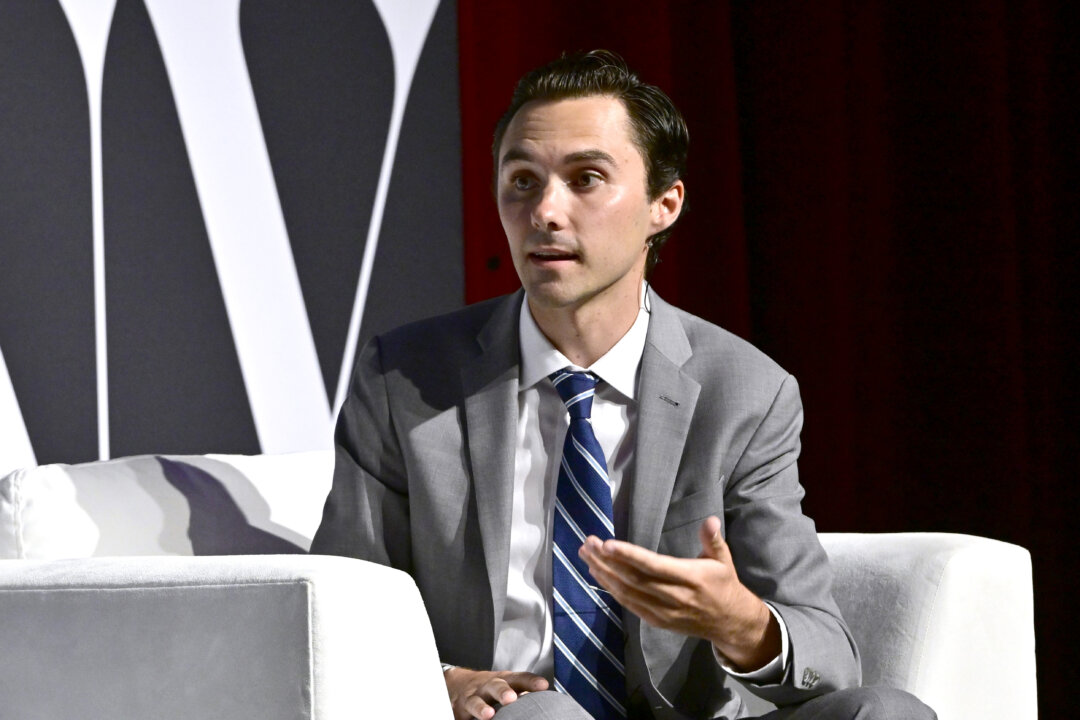


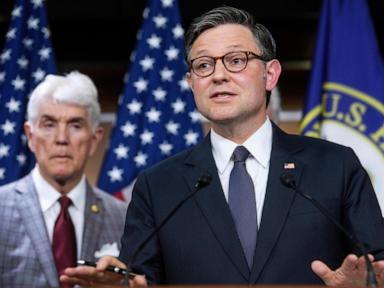
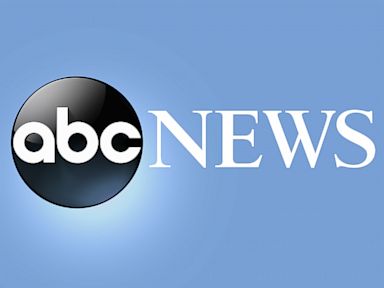
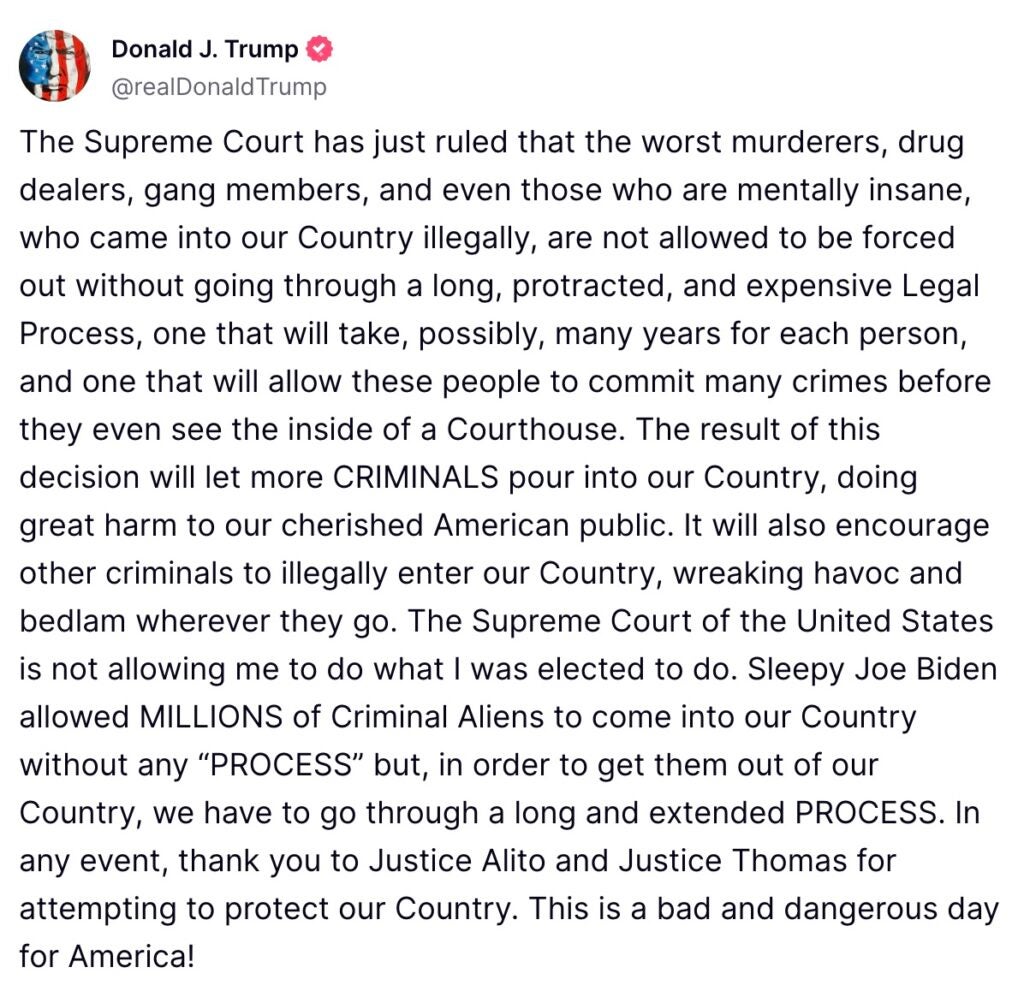
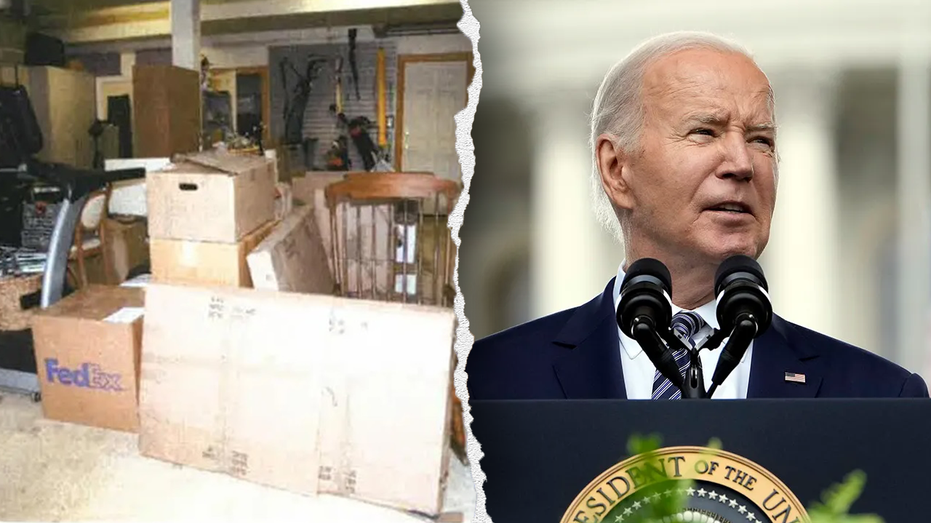




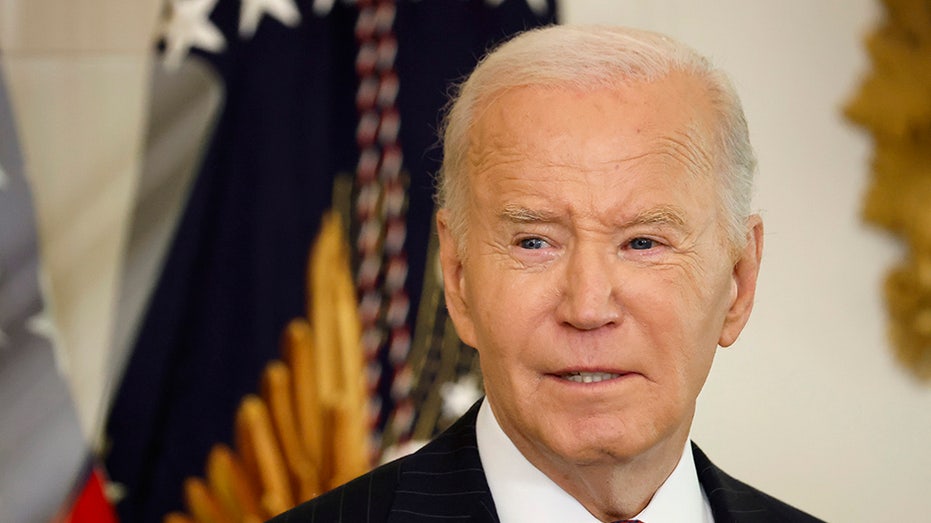
 English (US)
English (US)